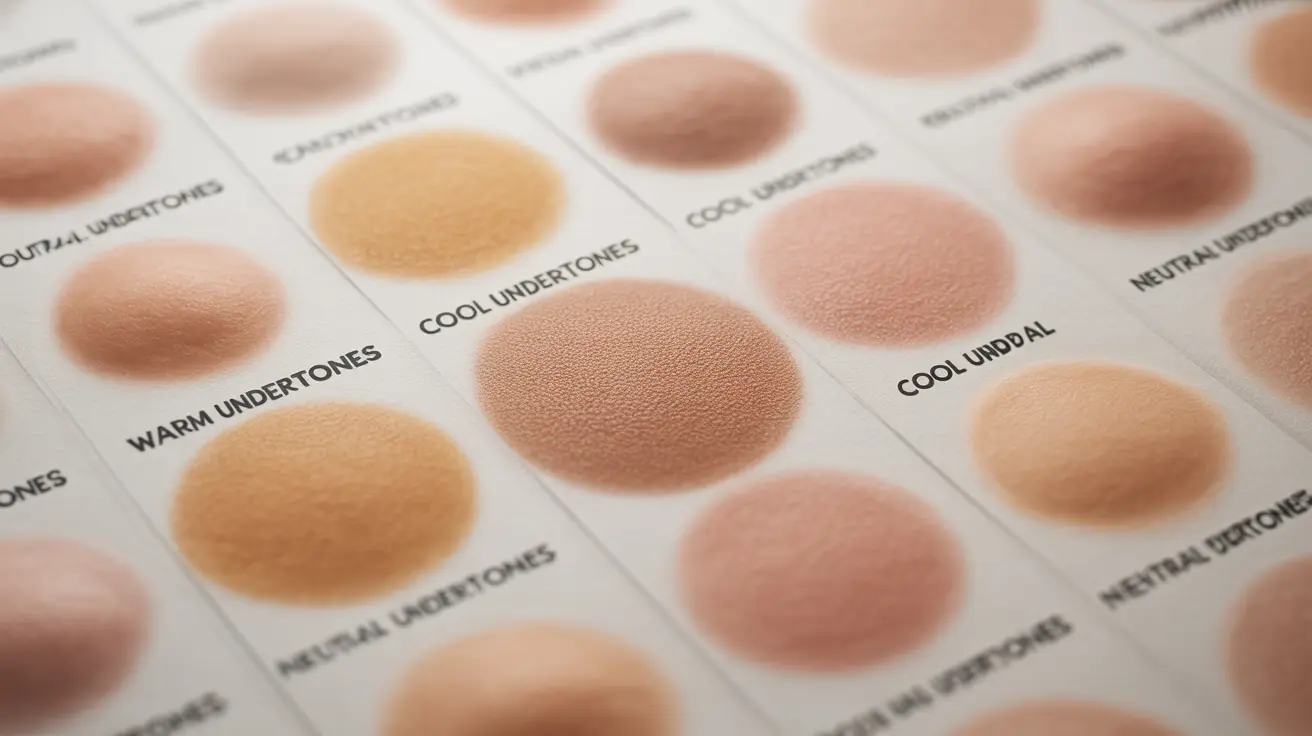Understanding your skin tones is essential for creating a flattering makeup routine and wardrobe that enhances your natural beauty. While many people focus solely on their surface skin color, the secret to making the right beauty choices lies in understanding both your skin tone and undertone. This comprehensive guide will help you identify and work with your unique skin characteristics.
What Are Skin Tones and Undertones?
Your skin tone is the surface color you see when looking in the mirror, which can range from very fair to deep. However, beneath this visible color lies your undertone – the subtle, underlying hue that remains constant regardless of how light or dark your skin appears. Understanding both elements is crucial for making informed beauty choices.
Types of Undertones
There are three main categories of undertones:
- Warm undertones: Golden, peachy, or yellow
- Cool undertones: Pink, red, or blue
- Neutral undertones: A mix of both warm and cool, or no obvious underlying color
Identifying Your Undertone
Several simple at-home methods can help you determine your undertone:
- Jewelry test: Gold looks better on warm undertones, silver on cool
- Vein check: Green-looking veins suggest warm undertones, while blue or purple indicate cool
- White clothing test: Pure white flatters cool undertones, while off-white complements warm
- Sun reaction: Warm undertones tend to tan easily, while cool undertones often burn
How Undertones Affect Your Beauty Choices
Makeup Selection
Your undertone significantly influences which makeup colors will look most natural and flattering on your skin:
- Warm undertones: Gold-based foundations, coral blushes, warm browns
- Cool undertones: Pink-based foundations, rose blushes, taupe eyeshadows
- Neutral undertones: Both warm and cool colors can work well
Clothing and Accessories
Understanding your undertone can also guide your fashion choices:
- Warm undertones: Earth tones, oranges, yellows, warm reds
- Cool undertones: Jewel tones, blues, purples, cool reds
- Neutral undertones: Most colors work well, focus on personal preference
Common Misconceptions About Skin Tones
Many people mistakenly believe that skin tone and undertone are the same thing, or that your undertone changes with sun exposure. However, while your surface skin tone can change with tanning or seasonal variations, your undertone remains constant throughout your life.
Frequently Asked Questions
What is the difference between skin tone and skin undertone?
Skin tone is the surface color of your skin that can change with sun exposure, while undertone is the subtle, underlying hue that remains constant regardless of tanning or seasonal changes.
How can I identify my skin undertone using simple at-home tests?
You can determine your undertone by examining your vein color (green for warm, blue for cool), testing how you look in gold versus silver jewelry, and observing how your skin reacts to sun exposure (tanning easily indicates warm undertones, while burning suggests cool).
Why is it important to know my undertone when choosing makeup and clothing colors?
Understanding your undertone helps you select makeup and clothing colors that naturally complement your skin, resulting in a more harmonious and flattering appearance.
Can my skin undertone change with sun exposure or tanning?
No, your undertone remains constant regardless of sun exposure or tanning. While your surface skin tone can change, the underlying undertone stays the same.
What are the best makeup shades for warm, cool, and neutral undertones?
Warm undertones look best with golden-based foundations and warm color cosmetics. Cool undertones pair well with pink-based foundations and cool-toned makeup. Neutral undertones can generally wear both warm and cool-toned makeup successfully.




